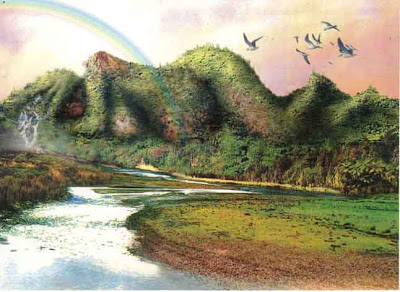
"The evolution of civilization is under way. The people of this planet are opening to change. Most of us now know that the disastrous consequences of our lifestyles are accelerating. Green buildings have captured the imagination of many in the mainstream, but for green professionals the time has come to stop designing for mere energy efficiency and start designing to regenerate and restore. And that means taking responsibility for what people do in buildings and communities after they are built.”
by: Greg Searle
Self-evident Truths: 1. Communities are people, not buildings.
2. Communities will change when the people living in them change.
3. At least half of human impact on the planet comes from our lifestyles - the choices we make every day. Where, and how, we travel. What we eat. What we wear. The stuff we buy, and how we get rid of that stuff when we're done with it.
4. These lifestyle choices are not made in a vacuum. They are made in communities, and are influenced by community design and buildings.
5. The way we've designed our cities and buildings in the past has created a template for living that most people follow without much thought, and that template makes it inconvenient to live sustainably.
6. Those of us who plan, design, finance, insure, build, sell, lease, manage and maintain the places we live in have tremendous influence to change this template, and to make it easier for people to change their lifestyles.
7. Some of us have been pre-occupied with making buildings, streets, and infrastructure that use building materials, water, and energy in smarter ways. We call ourselves "green professionals". We call our movement the "green building movement." But we now recognize that the biggest problems are fundamentally social ones.
8. Since buildings and technology represent only half of the problem and half of the solution, clearly the present green building movement doesn't go far enough
9. All across our cities, entrepreneurs and environmental groups are emerging with solutions to specific challenges of our unsustainable lifestyles - car-sharing companies, local food advocates, re-use innovators. But most of these green lifestyle initiatives are not joined up with the green building movement, or each other.
10. We urgently need an umbrella movement that will bring us all together to create and operate truly sustainable communities with intent. The time has come to apply the vast ingenuity of the green building movement to making green lifestyles just as convenient as "grey lifestyles". The time has come to broaden our design teams, to bring green lifestyle experts to the table.
11. We cannot wait for someone else to bring us all together. We are the ones we have been waiting for.
// Ler mais...












